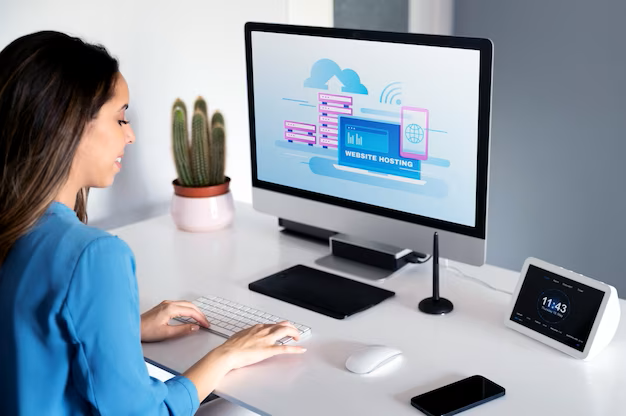Comparing Software Testing and Cloud Computing: Deciding the Better Fit
In the rapidly evolving landscape of technology, two domains stand out prominently: software testing and cloud computing. Both play pivotal roles in the development and delivery of modern applications and services. However, determining which is better can be a challenging task, as they cater to different aspects of technology. In this blog post, we’ll delve into the realms of software testing and cloud computing, comparing their significance, benefits, and the scenarios where they shine the brightest.
Understanding Software Testing
What is Software Testing? Software testing is a crucial process that aims to ensure the quality, functionality, and reliability of software applications. It involves executing software to identify bugs, defects, and issues, which are then rectified to enhance the overall user experience.
Importance of Software Testing: Software testing is essential to prevent defects from reaching end-users, thereby minimizing risks and ensuring a seamless user experience. It enhances the application’s performance, security, and overall quality.
Scenarios Where Software Testing Shines:
- New Software Releases: Ensuring that new software updates are error-free before they reach users.
- Security Testing: Identifying vulnerabilities and protecting applications from potential threats.
- Performance Testing: Assessing how an application performs under various conditions.
- User Experience Enhancement: Optimizing applications for user satisfaction and ease of use.
Understanding Cloud Computing
What is Cloud Computing? Cloud computing involves delivering computing services (such as storage, processing power, and databases) over the internet. It enables businesses to access and use resources on-demand, without the need for physical hardware.
Importance of Cloud Computing: Cloud computing offers scalability, flexibility, cost-effectiveness, and accessibility. It eliminates the need for maintaining and managing physical infrastructure, enabling businesses to focus on innovation and growth.
ReactiveX vs. Other Asynchronous Programming Models: Unleashing the Power of Reactive Programming
Scenarios Where Cloud Computing Shines:
- Scalability: Easily scaling resources up or down based on demand.
- Cost Efficiency: Paying only for resources used, reducing capital expenses.
- Remote Accessibility: Accessing data and applications from anywhere with an internet connection.
- Disaster Recovery: Ensuring data backup and recovery mechanisms are in place.
Comparing Software Testing and Cloud Computing
| Aspect | Software Testing | Cloud Computing |
|---|---|---|
| Focus | Quality, functionality, and reliability. | Resource delivery and scalability. |
| Benefits | Enhanced application quality and security. | Cost savings, flexibility, and mobility. |
| Challenges | Time-consuming, requires skilled testers. | Data security concerns, vendor lock-in. |
| Interplay | Ensures applications work flawlessly. | Hosts applications for seamless access. |
Which is Better: Software Testing or Cloud Computing?
The decision between software testing and cloud computing depends on the context and goals of your project. Both are essential aspects of modern technology. If you’re focused on delivering error-free and reliable software, software testing is paramount. If your aim is to optimize resource utilization, scalability, and accessibility, then cloud computing is your answer.
In the grand scheme of things, neither is “better” than the other. Instead, they complement each other, addressing different needs within the technology ecosystem. Whether you’re a software developer, quality assurance professional, or IT strategist, understanding the significance of both software testing and cloud computing is crucial for navigating the complexities of modern technology and delivering superior applications and services.

